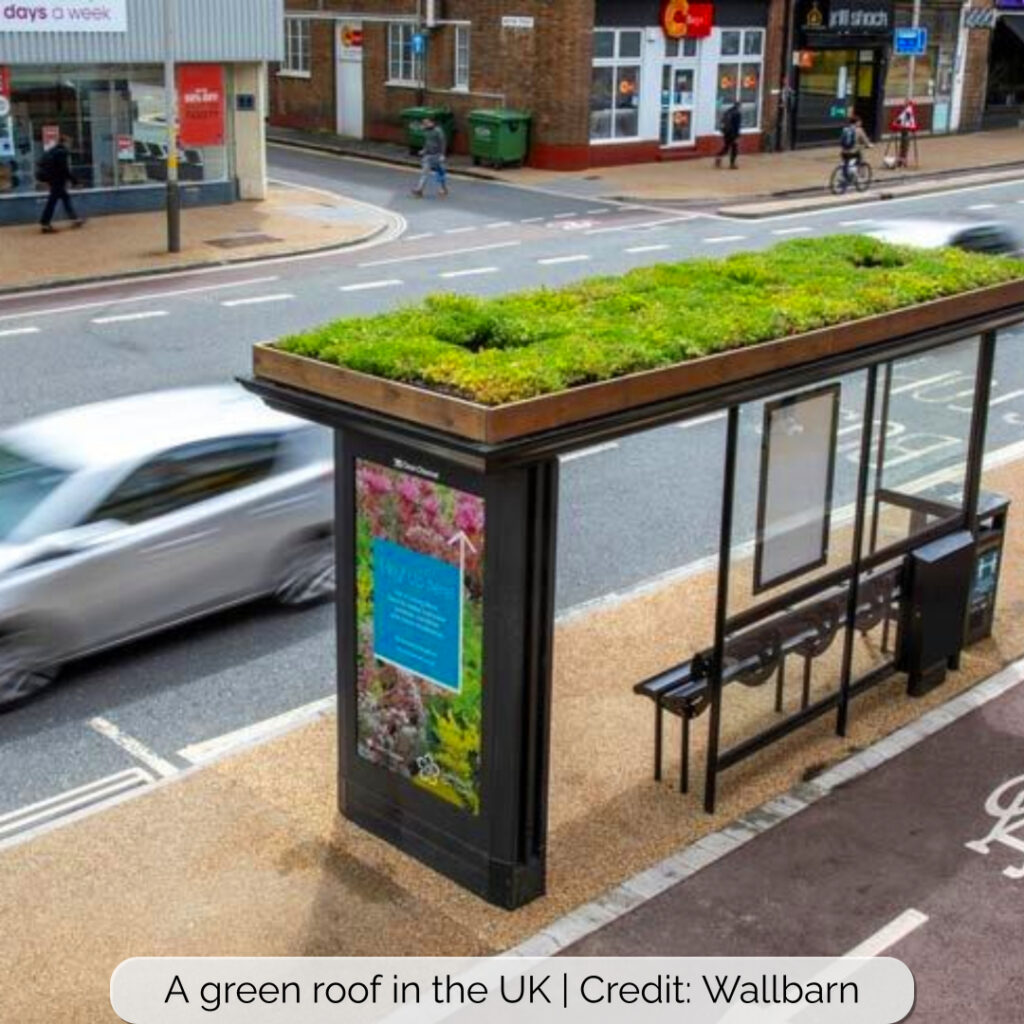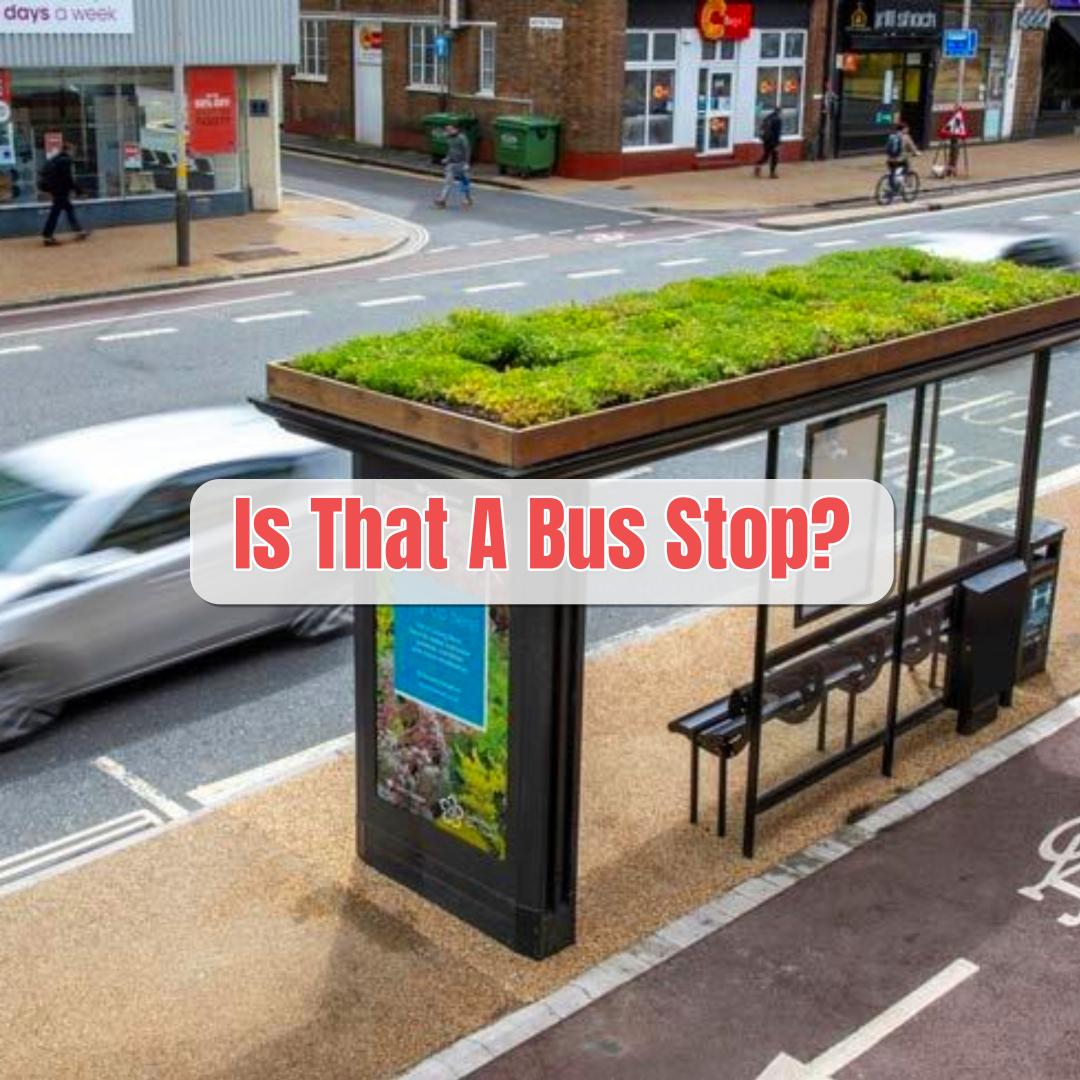
Boston Becomes First U.S. City to Install Green Roofs on Bus Stops
In a fresh move for sustainable urban development, Boston has become the first city in the United States to install green roofs on its bus stops. The initiative is part of a broader effort to combat urban heat, improve air quality, and promote biodiversity within city limits. With climate change accelerating, city officials are embracing innovative approaches to make public infrastructure both functional and environmentally friendly.
The green roofs—miniature gardens installed atop bus shelters—are designed to absorb rainwater, reduce surface temperatures, and filter pollutants from the air. These installations use lightweight, drought-resistant plants that require minimal maintenance. Besides environmental benefits, they also offer aesthetic improvements to the urban landscape, turning previously unused surfaces into vibrant pockets of greenery.
Boston’s pilot program began with the installation of 15 green-roof bus stops across the city, focusing on neighborhoods most affected by the urban heat island effect. The city partnered with local environmental organizations and transit authorities to identify ideal locations and ensure that the shelters meet structural and safety standards. The selected areas are primarily high-traffic zones where commuters will benefit most from cooler, shaded waiting areas.
According to city officials, the project is funded through a combination of public funds, private partnerships, and environmental grants. The city plans to monitor the environmental impact of the installations over the coming year, tracking changes in local temperatures, air quality, and stormwater runoff. If successful, officials hope to expand the program citywide and serve as a model for other cities across the country.
Community response to the green roofs has been overwhelmingly positive. Residents have praised the initiative for its dual focus on sustainability and livability. Environmental advocates point to the program as a clear example of how cities can creatively repurpose urban infrastructure to address pressing ecological challenges while improving residents’ day-to-day experiences.
Boston’s green bus stop roofs mark a significant step in the city’s broader climate resilience plan. As urban centers across the U.S. grapple with rising temperatures and environmental degradation, this initiative offers a replicable model for small-scale interventions that can yield meaningful, long-term benefits. By integrating nature into everyday spaces, Boston is leading the way toward a greener, healthier, and more livable urban future.

